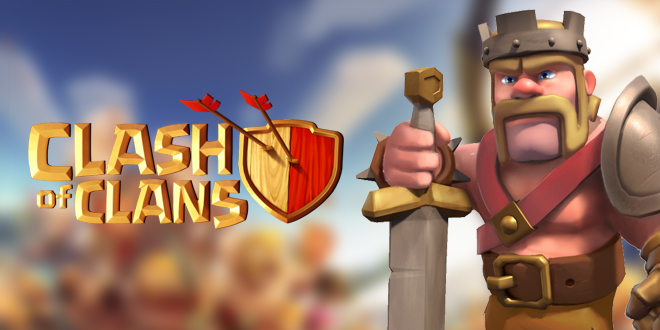Clash of Clans — playing time monetization mechanisms

That’s why we decided to study the formulas governing game mechanics, and learn what the price of time in CoC.
Let’s start with the comparison of several graphs.
In this linear graph shows a pass of a period of time in hamah. More time – more gems, nothing amazing.
But there is a trick. It seems that the price grows exponentially, but it is not so! This is because the difference between 60 seconds (1 minute) and 604800 seconds (1 week) is too big. Time is growing exponentially and it distorting the data.
A scatter plot gives a more reliable picture. On the horizontal axis of the selected scale, but at the lower left corner of the chart is quite difficult to interpret. Points are located too close to be distinguished.
Let’s try a different method of data representation. We understand them as the cost of admission for 1 second. The more time you miss, the more you pay, but the transaction becomes profitable. You can take this as a growing discount.
Testing showed that such a graph consists of several line segments and is not an approximation to a curved graph. Later it will be explained in more detail.
We now turn to the formulas.
To start gather we are interested in the prices in the table further show how to use linear interpolation to calculate any other price.
| Time | Time in sec. | Price gemach |
| 0 seconds | 0 | 0 |
| 1 second | 1 | 1 |
| 1 minute | 60 | 1 |
| 1 hour | 3,600 | 20 |
| 1 day | 86,400 | 260 |
| 1 week | 608,800 | 1,000 |
A very elegant system: split prices in accordance with important for people with time intervals (hour/day/week) makes it very clear. Each is easy to imagine what it means to wait, for example, one day. In addition, this system is simply reconfigured – if we later decided to increase the cost per day is enough to change only one value.
And the most interesting to use, consisting of linear segments of the graph – ability to set and use specific price point.
It is also important to note that the difference in discounts between 1 minute and 1 hour to 66.7%, and between 1 hour and 1 week only 23.4%. Instead consider intervals longer than 1 day is cheap, it makes more sense to consider small intervals of 1-59 minutes is too expensive. Why is this happening? We have no definitive answer… we can assume that such small periods of time will want to skip only the most impatient players, who are also most inclined to spend money. Perhaps there is a certain price discrimination. Anyway, the final answer we have, and we welcome any comments that can help!
Perhaps the price per second will seem insignificant, but when it comes to 604800 seconds, these small values are added together. So if you paid for the pass 1 week at the same rate as the pass 1 minute, you would pay £60 instead of £5!!!
Big discount on skipping long periods of time is very useful. Without it prices would quickly become too large, and nobody would be making purchases.
Probably in the Supercell is well understood. They needed a way to give users a substantial discount on skip large intervals, and so that the system was simple to set up. Linearly segmented schedule was a great solution to this issue.
As a result of:
- Skipping the more time you spend more money but get a better discount.
- Chart illustrating the pricing algorithm consists of a set of line segments.
- the Advantage of using linearly segmented graphics is the ability to select and configure the specific point easy to understand way.
- the Discount for skipping a larger amount of time is much higher than the discount on the purchase of a larger set of gems.
- a Big discount on the pass long periods of time is very important. Without it prices too quickly would have grown so that no one would make such purchase.








Comments
There are no comments yet